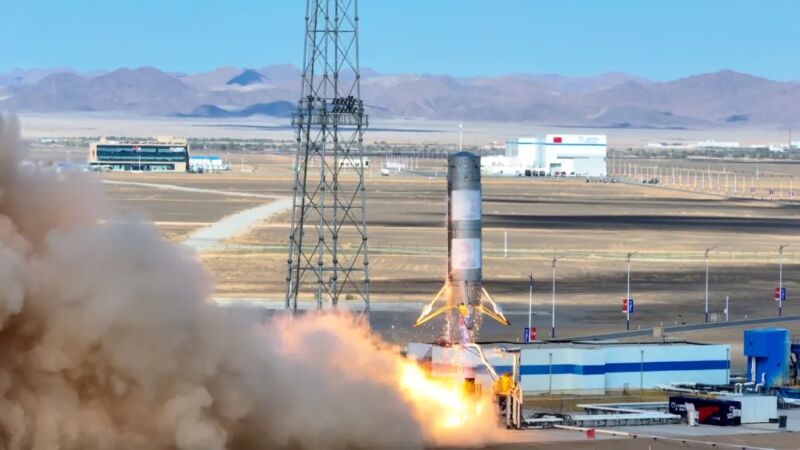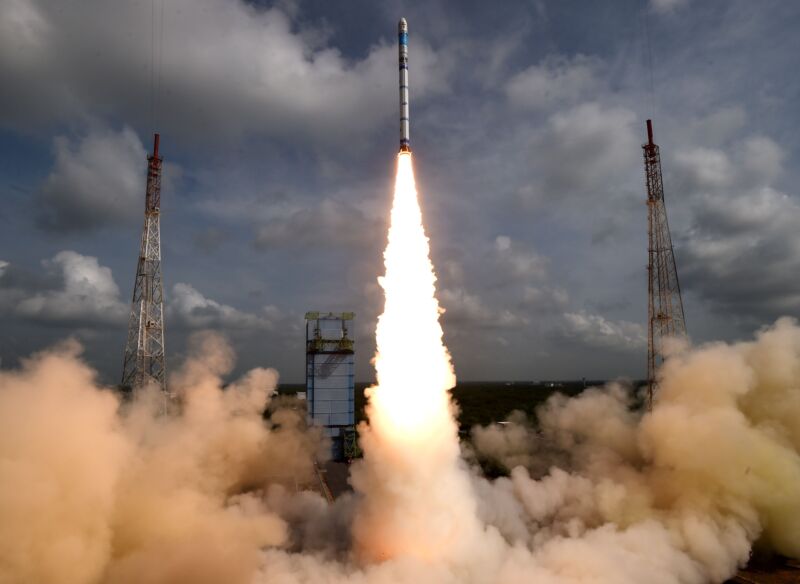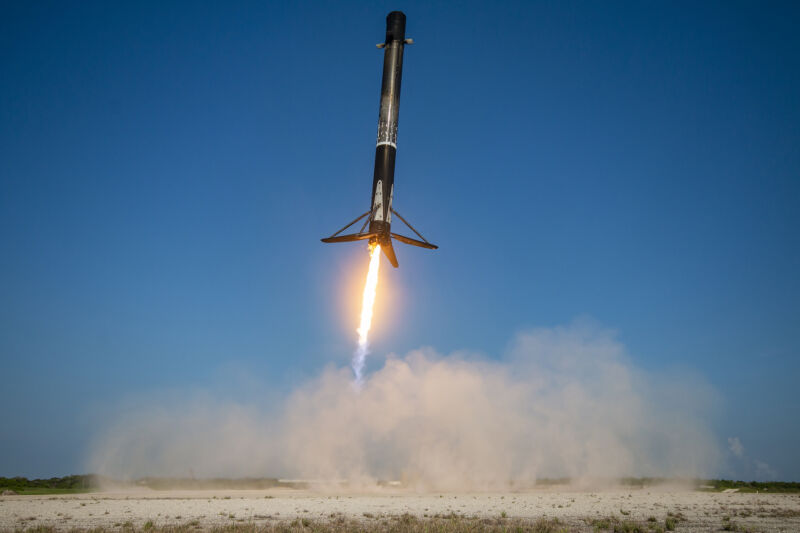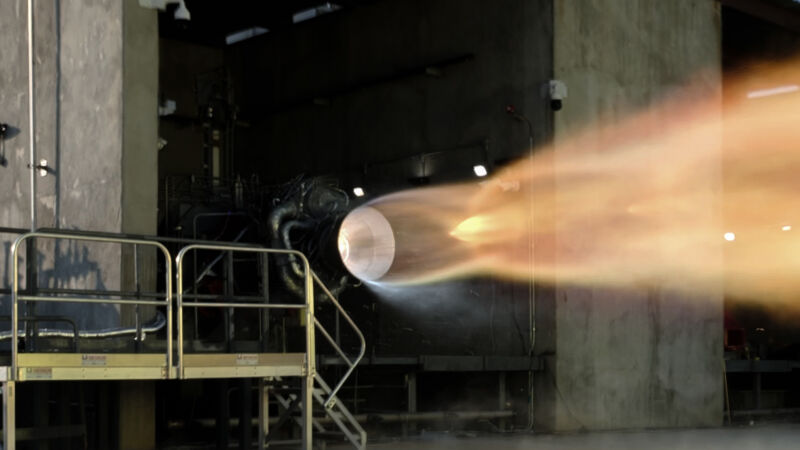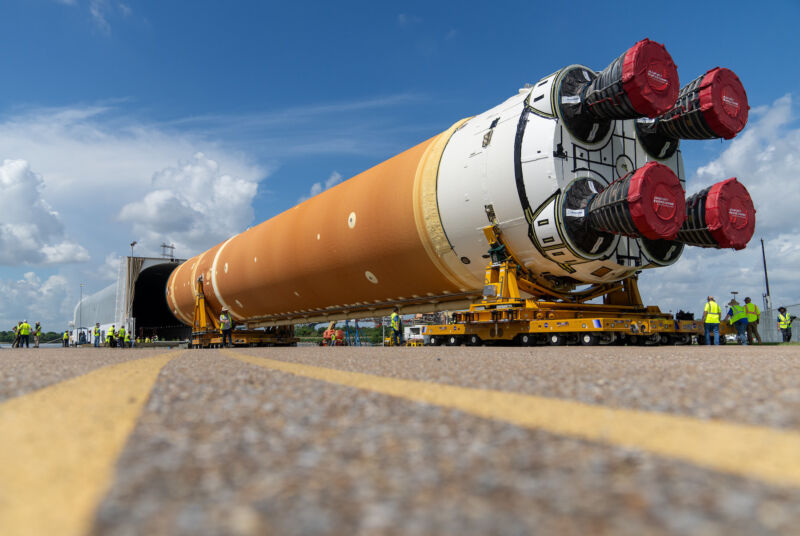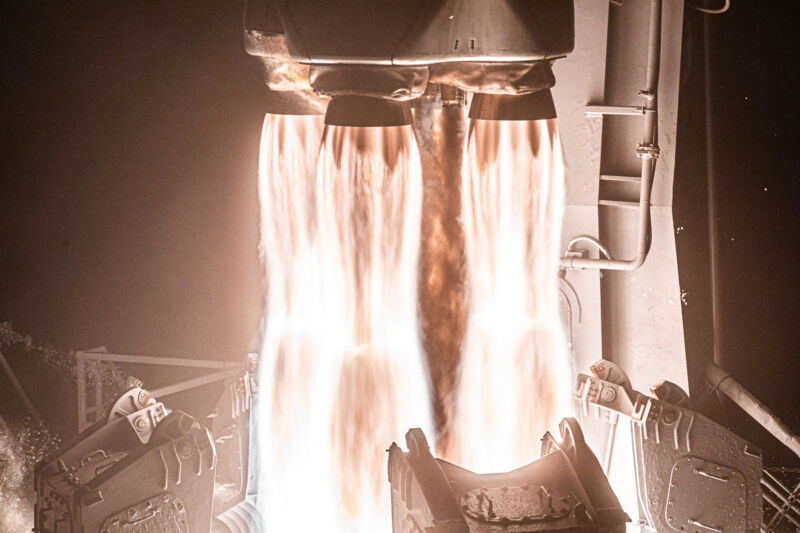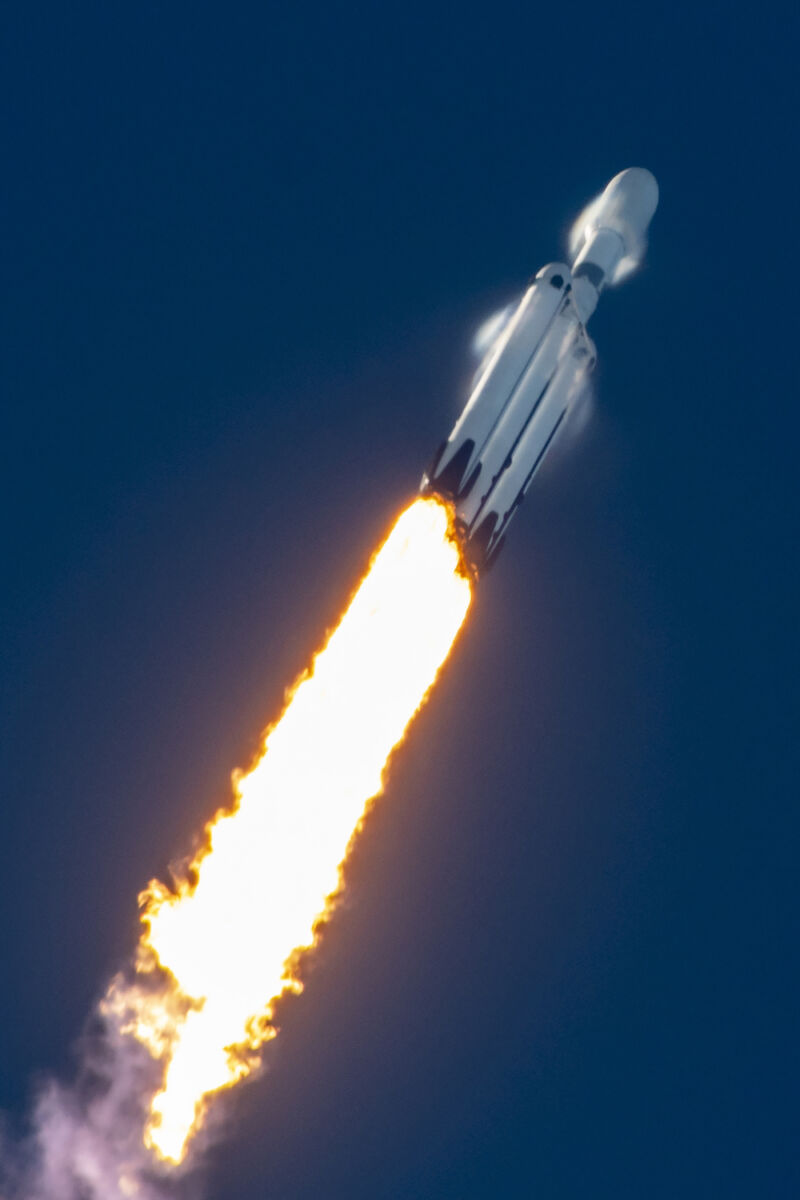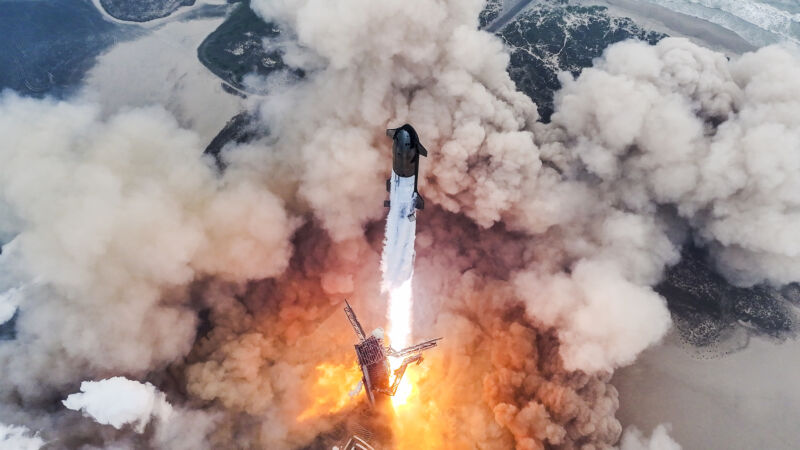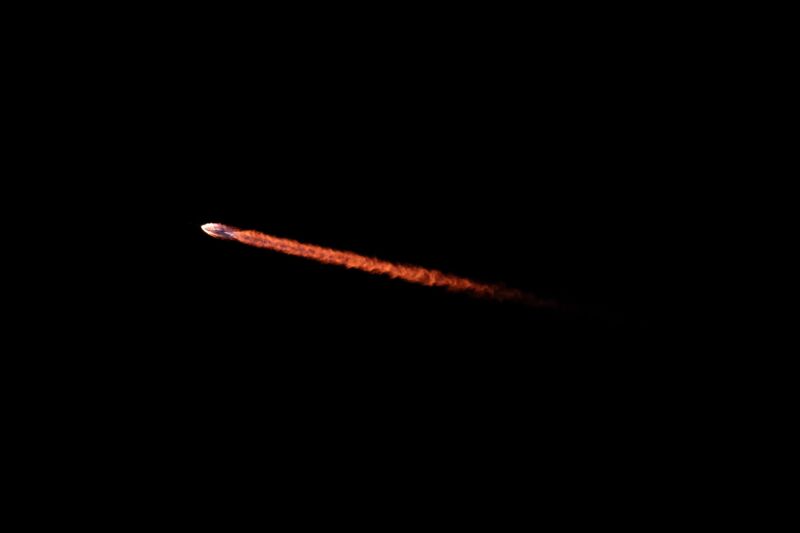Rocket Report: Eutelsat’s surprising decision; Europe complains about SpaceX again
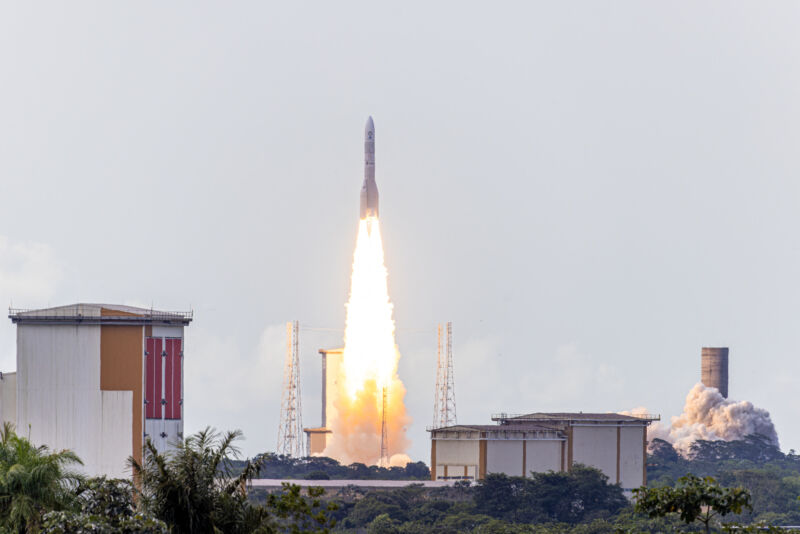
Enlarge / Europe's first Ariane 6 rocket lifts off from a new launch pad in Kourou, French Guiana. (credit: Jody Amiet/AFP via Getty Images)
Welcome to Edition 7.12 of the Rocket Report! For once, a week with not all that much launch news. Among the highlights were Eutelsat's surprise announcement of a deal with Mitsubishi Heavy Industries, SpaceX's ongoing war with the FAA, and Europe identifying a straightforward solution to the upper stage problem on Ariane 6's debut launch earlier this summer.
As always, we welcome reader submissions, and if you don't want to miss an issue, please subscribe using the box below (the form will not appear on AMP-enabled versions of the site). Each report will include information on small-, medium-, and heavy-lift rockets as well as a quick look ahead at the next three launches on the calendar.

Small launch vehicles still talking a big game. Despite stiff competition from SpaceX rideshare services and some high-profile failures, ventures are still pursuing small launch vehicles that they argue can fill niches in the market, Space News reports. Launch providers speaking at World Space Business Week said they can deliver satellites when and where customers want rather than waiting for the next available rideshare launch from SpaceX.
